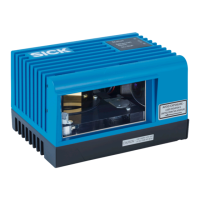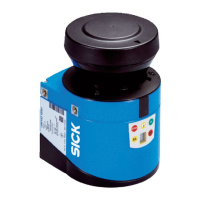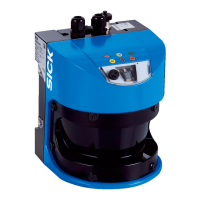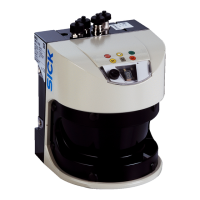How to find SICK LMS4400 Accessories device in SOPAS ET?
- KKaitlin MarshallAug 5, 2025
If you are unable to find the SICK Accessories device in SOPAS ET, verify the Ethernet connection by checking with a ping command if you know the IP address. Ensure that the network adapter (TCP/IPv4) is set to the sensor's IP address range and subnet mask (default: 192.168.0.1; 255.255.255.0). Also, check the selected search settings or use the default search, and update SOPAS ET to a compatible version.






